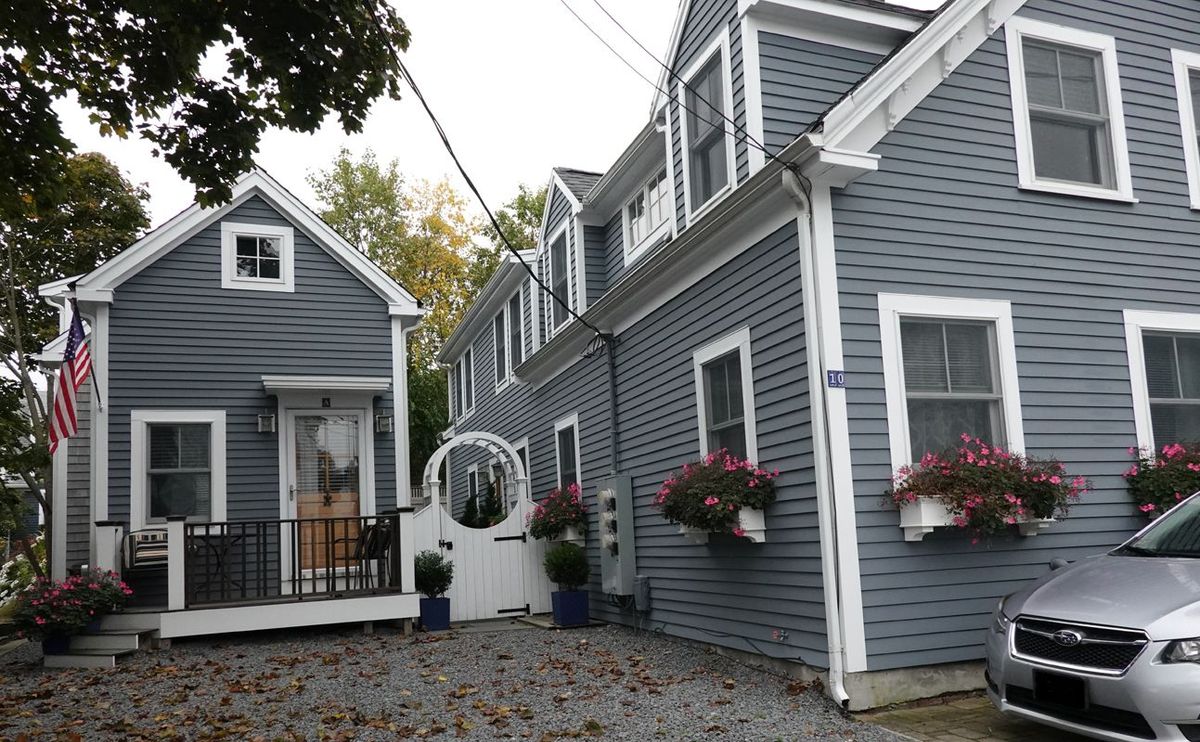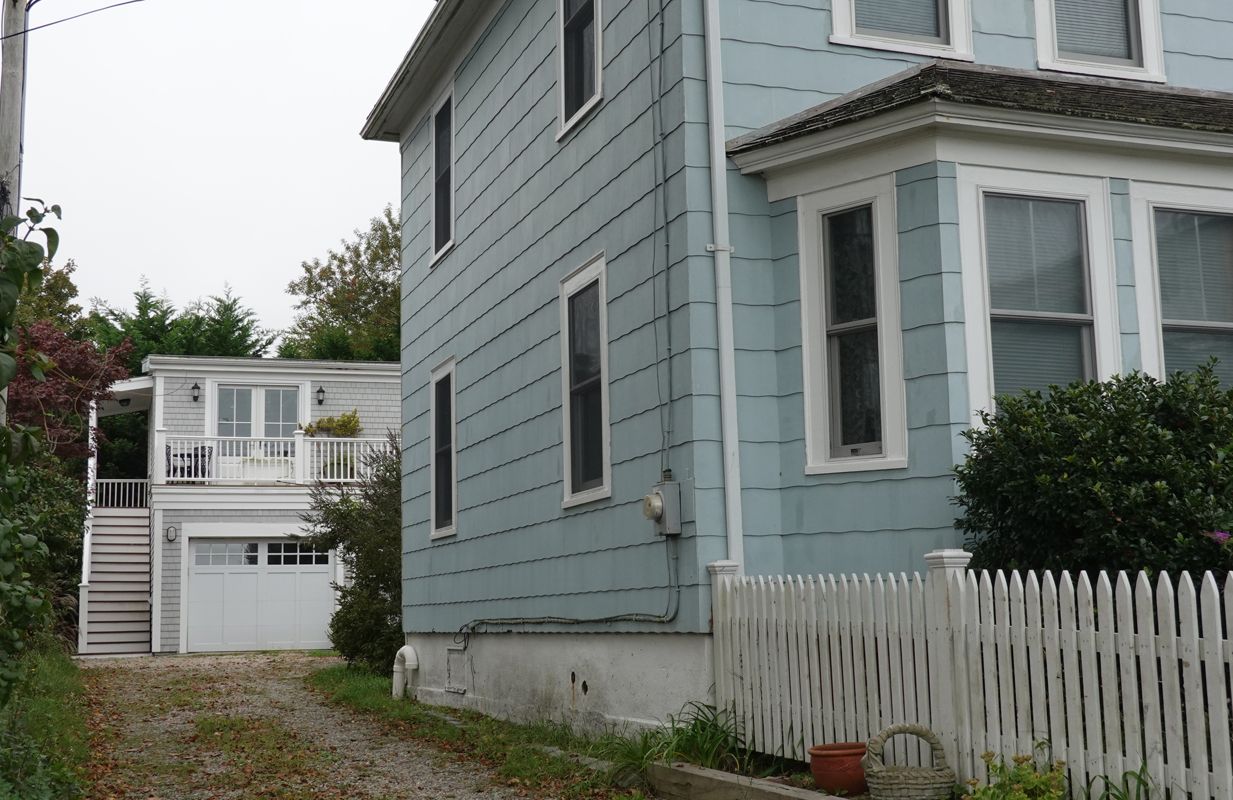Easing the housing crisis with regional zoning modernization
Thetford is joining with Bethel, Hartford, Randolph, Rochester, Strafford, and Woodstock.

The regional housing shortage has hit the headlines repeatedly in recent months and is deemed by many to be a crisis. The Vermont Agency of Commerce and Community Development (ACCD) sums it up: “There is simply a dearth of housing at a price-point that residents such as teachers and firefighters… can afford.”
The problem is distilled as follows: “Housing policies at both the state and local levels unjustifiably restrict housing access and … limit choice of alternative housing options.” Furthermore: “Vermont… needs a wider range of housing types to meet a changing population…Household size is decreasing… single person households now make up a quarter of all Vermont households…The state’s homes are often larger than what is needed for the growing number of small households. Municipalities need to make it easier to 1) modify existing larger homes and 2) build smaller and more varied homes to meet the needs of 21st century families and individuals.”

The Department of Housing and Community Development (DHCD) is addressing restrictive local housing policy by a one-time allocation of $500,000. This will fund grant applications from municipalities to speed the modernization of town bylaws regulating land use and development. The goal is to make it easier to develop housing. However this is not intended to spur development randomly across the landscape. The DHCD specifies that they seek to implement “Zoning for Great Neighborhoods” that would achieve “a pedestrian-oriented development pattern that increases housing choice and affordability within smart growth areas….” This is in line with statute 24 V.S.A. §2791 establishing Vermont’s Smart Growth Principles that emphasize growth that “maintains the historic development pattern of compact villages and urban centers separated by rural countryside.”
By coincidence Thetford adopted a new Town Plan last year. State law requires zoning regulations to be consistent with the Town Plan (24 V.S.A. § 4441(c); therefore, the Planning Commission is already revising the Zoning Bylaw to be in compliance. It’s an opportune moment to take advantage of DHCD’s Bylaw Modernization Program. But there’s a catch: grant applications such as this are highly competitive, and you can bet that many municipalities are chasing these funds.
That’s where the Regional Planning Commission (RPC) can help. For those who are unfamiliar with RPCs, Vermont has eleven of them that divide the state into political subdivisions. RPCs have federal and state responsibilities to uphold standards in transportation, economic development, and land development in their member towns. They are, in essence, the planning arm of the state and have statutory powers and duties (24 V.S.A § 4325) enabling them to prepare Town Plans; propose bylaws that govern land use, public safety, roads etc.; hold public meetings; and generally bolster the town Planning Commission. Thetford falls under the Two Rivers Ottauquechee Regional Commission (TRORC) that covers thirty-one towns in all. Within this region there will be an estimated need for 4,227 new housing units by 2030.
In the RPC’s line of duty, Kevin Geiger, Director of Planning at TRORC, has included Thetford in a multi-town grant application to the Bylaw Modernization Program. This so-called consortium application encompasses a total of seven towns, the maximum number allowed under DHCD guidelines. The towns are Bethel, Hartford, Randolph, Rochester, Strafford, Thetford, and Woodstock. A consortium such as this may apply for a maximum of $60,000 with a 10% match of $6,000, and TRORC will provide the matching funds if the application is funded. That comes to approximately $9,300 per town that would be used to hire TRORC’s planning expertise to expedite development-friendly zoning changes. An important item would be public meetings, facilitated by TRORC, to answer questions and obtain feedback from town residents about the purpose and outcomes of zoning changes.
Since there is an urgency to easing the housing shortage, the DCHD will give successful grant recipients 24 months to complete the adoption of development-friendly zoning. On the usual path to adoption, a new zoning bylaw goes through two sets of public hearings, one at the town Planning Commission and a second one before the Selectboard, who alone has the statutory power to adopt such bylaws. By imposing a 24-month deadline, the DCHD is encouraging towns to streamline this process by making use of the “interim bylaw statute” 24 V.S.A §4415. This law allows Selectboards to adopt bylaws affecting land development on an interim basis “after public hearing upon public notice as an emergency measure.” It thus bypasses the need for public hearings at the Planning Commission and fast-tracks the bylaw to the Selectboard. An interim bylaw stays in effect for 2 years, after which it may be extended or repealed: “The legislative body, upon petition of five percent of the legal voters… shall hold a public hearing for consideration of amendment or repeal of the interim bylaws.”
That’s not to say that a modernized zoning bylaw must be interim. From a development point of view that would not appear optimal. Certainly, if we are funded, and if the Planning Commission and TRORC can speedily obtain public input and rework the relevant parts of our zoning bylaw, the full adoption process would be preferable.
As an additional incentive, the DCHD will forgive the 10% match of $6,000 if all seven towns adopt modernized zoning bylaws within the 24-month deadline.
In terms of accommodating new development that maintains “the historic settlement pattern of villages” as outlined in Vermont’s Smart Growth Principles, we may already be partway there, thanks to the 2020 Thetford Town Plan. The policies in the Housing Chapter include “to encourage a mix of housing density and housing types, from mansions to manufactured housing, in or adjacent to areas that are already developed.” And “to keep housing affordable by planning for appropriately sized lots, accessory apartments, multi-family dwellings, workforce housing, manufactured housing and clustered developments in locations consistent with the desire to maintain the town’s village character and rural qualities.”
Whether or not the consortium grant proposal is funded, the Planning Commission will sooner or later incorporate these policies in their arduous task of updating the entire Zoning Bylaw to match the Town Plan. Certainly they will consult TRORC along the way, even without outside grant support. However, the consortium grant would finance a ramped-up input of professional planning services and oversight. And for easing the housing crunch, the 24-month deadline would be a huge impetus to speedily modernize this vital aspect of zoning.
Photo credit: Li Shen
